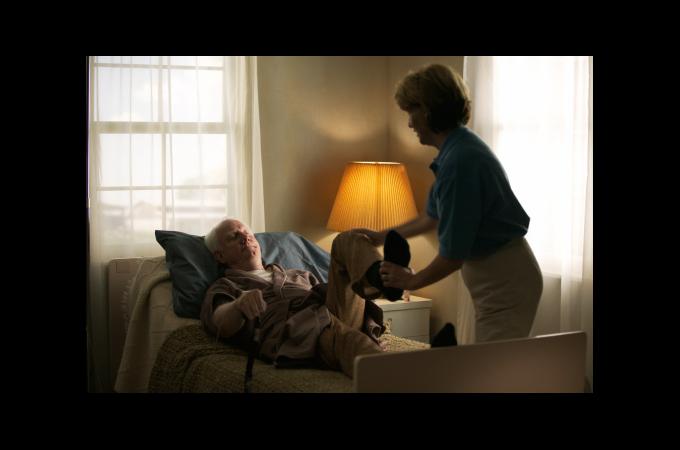Hospice care is sometimes misunderstood and often underappreciated, yet ask a friend or family member who has accompanied a loved one through hospice, and you often hear it was the best decision made during those difficult times. To help set the record straight, here are six things that we at BeRemembered.com want you to know.
1. Entering hospice doesn’t mean you are giving up on life. The goal of hospice care is to help you live the richest, happiest and most fulfilling life possible for as long as is possible. For many, choosing hospice means accepting their challenges for exactly what they are and intentionally living the end of life with meaning and in comfort. Hospice care often includes palliative care to help manage pain and alleviate discomfort.
2. You can stay in hospice for as long as is necessary. While it’s true that hospice care is for a terminally ill patients who are expected to have six months or less to live, that doesn’t mean that hospice care is provided only for six months. Hospice care can continue as long as your doctor and hospice care team certify that the condition remains life limiting.
3. You have the right to pursue new treatments for your illness. The goal of hospice care is to help you get the most pleasure possible out of the time you have remaining, not to extend life. Therefore, curative treatments are typically excluded from hospice care. However, you can leave hospice and pursue a cure for your condition at any time and you can return to hospice at your discretion, provided your prognosis remains the same. It’s worth noting that some patients can pursue curative treatments while in hospice. With the enactment of the Affordable Care Act, Medicaid and Children’s Health Insurance Program (CHIP) eligible individuals under the age of 21 who elect the hospice benefit no longer have to waive services for the cure or treatment of the terminal condition and can receive both curative care and hospice care for the terminal condition. Learn more on the Medicaid website.
4. You don’t have to leave your home. Although hospice care is available in many different settings – including nursing homes, assisted-living facilities, hospitals and dedicated hospice facilities – the vast majority is delivered in your own home, where most of us are happiest, most comfortable and most able to be with friends and family.
5. Hospice care is not necessarily expensive. For many people, hospice may be covered by insurance. Medicare and Medicaid, Veterans benefits and most private insurance plans provide some form of hospice benefits. It’s a good idea to research the benefits available to you before you need them.
6. Hospice care is multi-dimensional, helping both patients and their caregivers. With home hospice, you can avoid becoming a burden on your loved ones. Most hospice programs offer an interdisciplinary team (IDT) comprised of your physician, hospice doctor, case manager, registered nurses and licensed practical nurses, counselor, dietician, therapist, pharmacologist, social workers, ministers, and various trained volunteers. The team ensures that you are treated as a whole person with physical, emotional, spiritual and social needs. For caregivers, the team can be a godsend with home health aides that can help with personal care (shaving, bathing, nail care, etc.), volunteers that help with light housekeeping and cooking, and respite care support for time off. Ultimately, the hospice IDT team can be extremely helpful at a difficult time in the journey and in helping all to know what to expect.



 More Articles from Member Guide
More Articles from Member Guide
